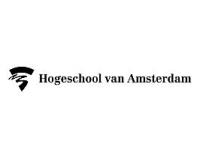Select an account to login to AZ CMS
Select an account from the list below
If your institution is not listed, eduID (NL) is available as an alternative.
-

Login with Amsterdam University of Applied Sciences
-

Login with eduID (NL)
